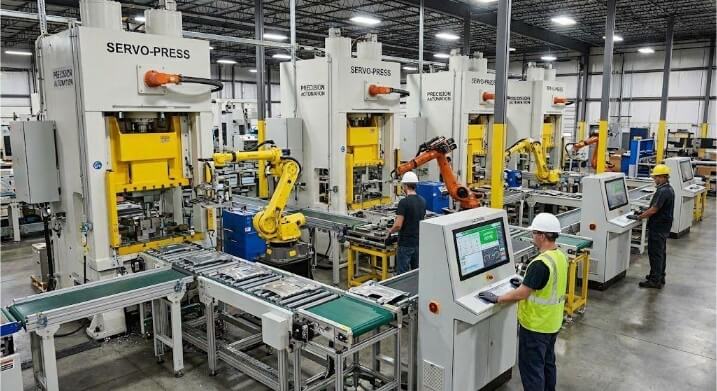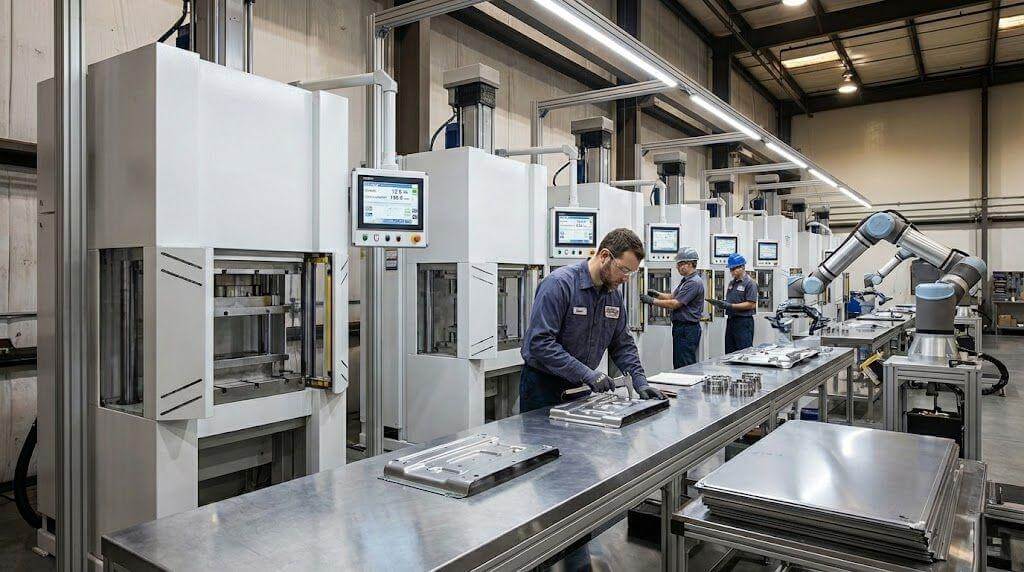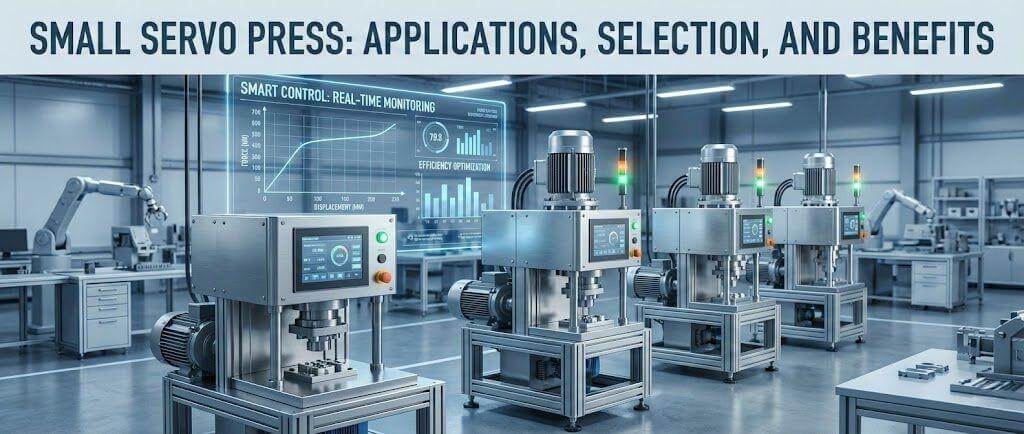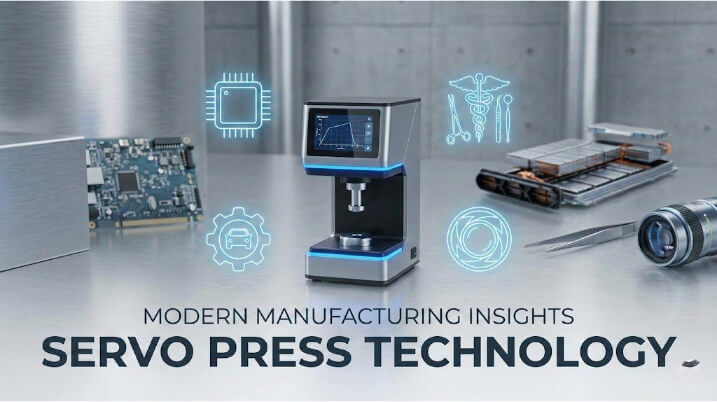Welding assembly is a key process in manufacturing that requires precision and skill. It involves joining parts together using heat, pressure, or both. However, mastering welding assembly can be challenging. The proper techniques and methods are vital to ensure strong, durable connections.
Welding assembly is critical for industries like automotive, aerospace, and construction. By following best practices, you can enhance the strength and quality of your welds. Let’s explore the techniques in more detail.
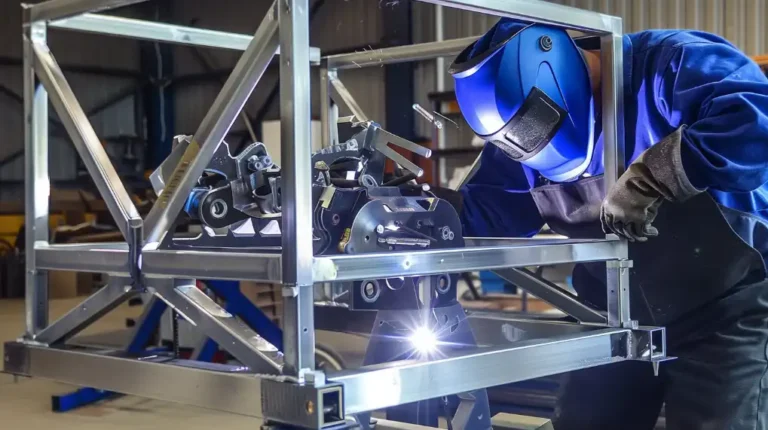
What is Welding Assembly?
Welding assembly is a method used to join two or more metal parts. This is done by applying heat, pressure, or both, along with a filler material. The main goal is to form a strong, permanent bond that can handle stress and environmental factors.
There are different techniques, such as MIG welding, TIG welding, and stick welding. Each method has its strengths, depending on the material and application.
Standard Welding Techniques in Assembly
Welding can be done using various techniques, each offering its benefits. Each method is suited to different applications, depending on the project’s needs.
MIG Welding
MIG welding is a popular manufacturing method. It is known for being fast and easy to use. This technique uses a continuous wire electrode and shielding gas to create a strong bond. MIG welding is great for high-volume production and works well with many metals, such as steel and aluminum.
TIG Welding
TIG welding is known for making clean, precise welds. It uses a tungsten electrode to generate heat and a filler rod to join materials. This method is slower than MIG welding, but it produces higher-quality results. It is ideal for detailed projects or materials like stainless steel and titanium.
Stick Welding
Stick welding, also known as SMAW (Shielded Metal Arc Welding), is one of the most flexible methods. It uses a consumable electrode coated in flux, which creates heat and forms a weld pool. Stick welding is commonly used outdoors and is excellent for welding thick materials.
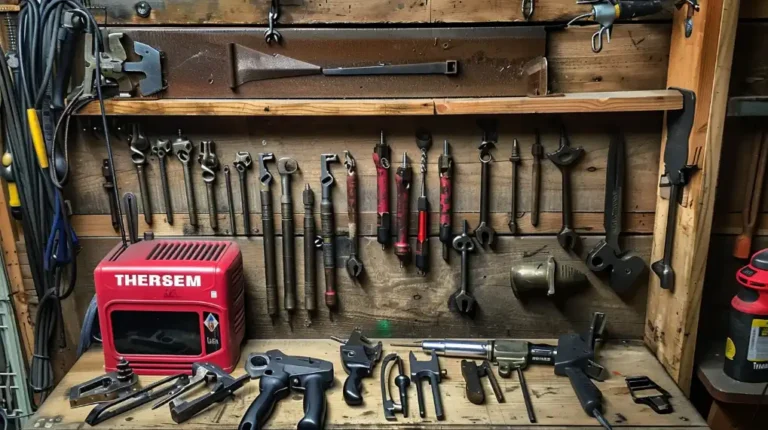
Factors Influencing Welding Process Selection
The proper welding process depends on several factors. These factors ensure a strong, reliable, and cost-effective weld.
Material Considerations
The material you are welding affects the process you choose. Different metals need different welding methods. For example, aluminum requires TIG welding for a clean, precise weld. Steel is more flexible. Depending on the thickness and strength needed, it can be welded with MIG or Stick welding.
Joint Design and Welding Position
The joint design influences the welding process. For example, T-joints or butt joints may require specific techniques to create a strong bond. The welding position also matters. Welding in flat, horizontal, vertical, or overhead positions can affect how easy or difficult the job is.
Speed Requirements
High-volume environments usually need fast welding techniques. MIG or spot welding are preferred because they are quick and efficient. For low-volume, precise work, TIG welding might be better, even though it is slower.
Materials Used in Welded Assemblies
The materials used in welded assemblies significantly impact the welding process, the techniques chosen, and the strength of the final product. Here are some common materials used in welded assemblies:
Steel
Steel is one of the most common welding materials. It is strong, versatile, and easy to weld. Various types of steel exist, including carbon steel, stainless steel, and alloy steel. Each type has its own welding needs.
Aluminum
Aluminum is lightweight and resistant to corrosion, making it a popular choice for industries like aerospace and automotive. However, its lower melting point and tendency to absorb moisture make it harder to weld than steel.
Stainless Steel
Stainless steel is known for its resistance to corrosion and durability. It requires precise welding to keep its appearance and corrosion-resistant properties. TIG and MIG welding are the most common methods for stainless steel.
Copper and Copper Alloys
Copper and its alloys are excellent for conductivity and corrosion resistance. Welding copper requires careful temperature control, as it can overheat easily and become brittle. MIG and TIG welding are typically used for copper alloys, though specialized techniques may be needed for specific alloys.
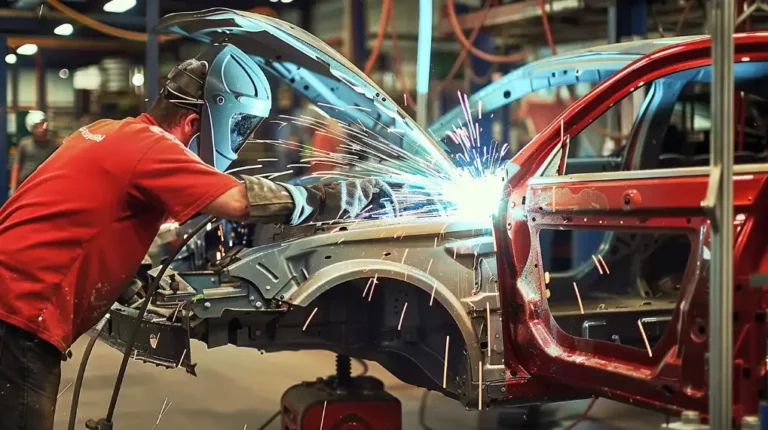
Preparation for Welding
Proper preparation is crucial for achieving high-quality welds. Here are the key areas to focus on during the preparation phase:
Material Preparation and Cleaning
Before welding, the materials need to be clean and free of contaminants. Any rust, oil, dirt, or paint can weaken the weld and cause defects. Cleaning ensures the weld pool forms correctly and strengthens the weld bond.
Joint Preparation and Fit-up
The edges of the materials need to be adequately prepared to ensure a strong bond. This may involve beveling, chamfering, or grinding the edges to fit perfectly together. The joint fit-up is also essential. The pieces must be appropriately aligned, with no gaps or misalignment that could lead to poor weld quality.
Pre-welding Testing and Inspection
Pre-welding testing and inspection help verify everything is in order before beginning the welding process. This may include checking the material specifications to ensure compatibility, confirming joint designs, and inspecting the fit-up for accuracy.
Benefits of Welding Assembly
Welding assembly is a popular method in manufacturing due to its many advantages. It is cost-effective, efficient, and reliable for joining materials. Here are some key benefits of welding assembly:
Cost-Effectiveness
Welding is often cheaper than other joining methods, such as riveting or bolting. This is especially true in high-volume production, where the cost per unit drops with automation. Additionally, welding eliminates the need for extra parts like fasteners, reducing material costs and assembly time.
Strength and Durability
Welded joints are often stronger than the base material itself. When done correctly, welding creates a bond that is as strong as, or even stronger than, the surrounding material. This makes welding ideal for critical applications where strength is important.
Versatility
Welding is a flexible process that combines many materials, including steel, aluminum, stainless steel, and titanium. It is also suitable for different joint types, like butt, corner, edge, and tee joints.
Efficiency and Speed
Welding is fast, especially with techniques like MIG and spot welding, which are common in high-volume manufacturing. Fast welding helps reduce production time and increases efficiency.
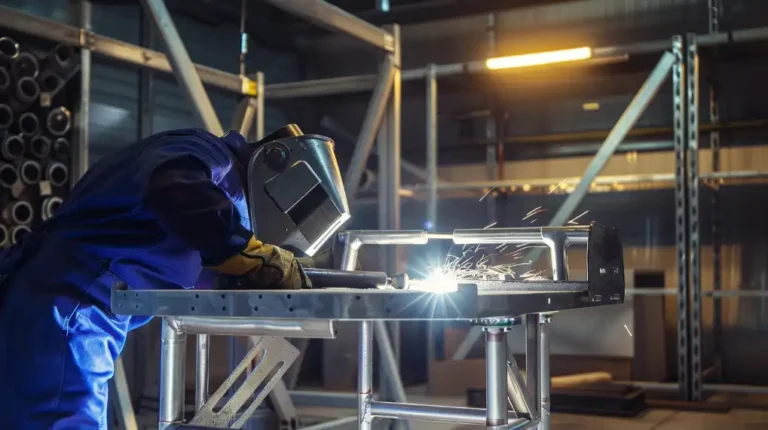
Challenges in Welding Assembly
While welding assembly has many benefits, it also presents some challenges. These challenges must be addressed to ensure strong, reliable welds. Here are some common issues faced during welding assembly:
High Skill Requirements for Welders
Welding requires a high level of skill and expertise. Different materials and techniques need specialized knowledge. Inexperienced welders can create weak welds, leading to failures in the final product. Proper training and certification are necessary to ensure welders perform the job accurately and safely.
Maintaining Consistent Quality
Manual welding is especially challenging in order to keep the quality uniform across a production run. Automated systems can help achieve more consistent results, but even these systems need proper maintenance and calibration.
Heat Management and Control
Too much heat can cause distortion, burn-through, or affect the material’s properties. On the other hand, too little heat can result in weak or incomplete welds. Welders must adjust their techniques carefully to avoid overheating or underheating the material.
Handling Material Variations
The materials used in welding often have variations in composition, thickness, and surface conditions. These differences can impact the welding process and the quality of the final product. Welders must be able to identify these variations and adjust their techniques to ensure a strong bond.
Conclusion
Welding assembly is an essential process in manufacturing. It provides strong, durable, and efficient methods for joining materials. You can create high-quality and reliable welds by correctly choosing the proper welding techniques, correctly preparing materials and joints, and following best practices.
Ready to elevate your welding process? Contact us today to learn how we can help you optimize your welding assembly techniques for better results and faster production times.
FAQ
What is the best welding technique for my project, and how do I select it?
The proper welding technique depends on factors like the material type, project size, and the level of precision needed. MIG is fast and works well for large projects, while TIG provides high accuracy for thinner materials.
Can welding be automated?
Yes, welding can be automated with robotic systems. These systems are ideal for high-volume production and can provide consistent, high-quality welds.
How can welding help create a sustainable manufacturing industry?
Welding is a sustainable method because it reduces material waste and allows for the repair and reuse of metal products. Advanced welding techniques also reduce emissions and improve energy efficiency.
More Resources:
Automated welding – Source: Keyence
Sustainable manufacturing – Source: Glossary
Welding techniques – Source: Wcwelding
Hey, I'm Kevin Lee

For the past 10 years, I’ve been immersed in various forms of sheet metal fabrication, sharing cool insights here from my experiences across diverse workshops.
Get in touch

Kevin Lee
I have over ten years of professional experience in sheet metal fabrication, specializing in laser cutting, bending, welding, and surface treatment techniques. As the Technical Director at Shengen, I am committed to solving complex manufacturing challenges and driving innovation and quality in each project.

